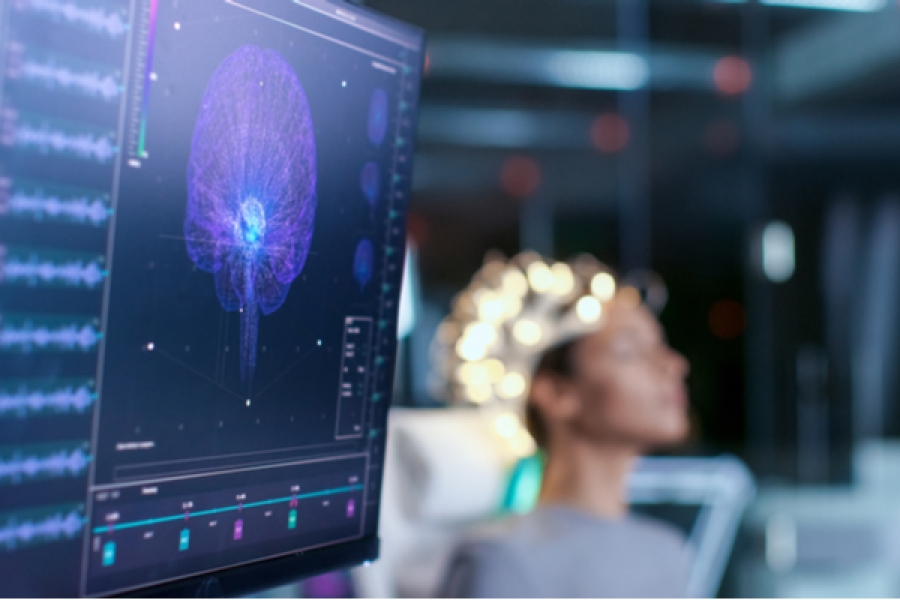The brain and body are closely linked. And when your brain isn’t functioning properly, your mental health and neurological well-being suffer. Neurofeedback training can help. But finding a time that fits with your schedule isn’t always easy. Between work, personal obligations, and other commitments, the last thing you want to do is drive all the way to a doctor’s office. Luckily, you can now do neurofeedback training at home.
What is neurofeedback training?
Neurofeedback training is a type of non-invasive, reward-based biofeedback system for your brain. Neurofeedback measures brainwaves with an EEG to identify the areas of your brain that aren’t functioning to their full potential. Once the areas of concern are identified, a treatment plan is developed to address these imbalances.
During a neurofeedback treatment session, you receive feedback in real-time when your brainwaves near a more optimal, controlled state. This feedback usually comes in the form of a movie, game, or music you enjoy. When your brain starts functioning properly, the movie, game, or music will play. When it’s not functioning how it should, it will stop.
This helps your brain learn how to get back to the movie, music, or game on its own. Over time, your brain will be conditioned to function more optimally and you should notice your symptoms started to alleviate.
What does neurofeedback help with?
Neurofeedback is used to help people with ADHD, anxiety, ASD, concussions, depression, memory loss, migraines, sleep disorders, stress-related disorders, and traumatic brain injuries.
Some athletes and business professionals even use neurofeedback to help improve performance or focus.
How remote neurofeedback training at home works
Neurofeedback training at home is very similar to how in-office treatment works. It starts with a qEEG brain map. A qEEG brain map is what’s used to measure electrical activity in your brain. During this procedure, a clinician will identify which frequencies are out of balance and develop a personalized treatment plan for you.
During the procedure, nineteen electrodes will be placed on a tight-fitting cap that serves as the conductive agent. With your eyes opened and closed, a brain mapping specialist will collect data on how your neural pathways perform.
This is a completely passive procedure, meaning no electrical stimulation is actually put into your brain. But without a qEEG brain map, neurofeedback won’t work.
After you complete your brain mapping, a specialist will ask about your symptoms, struggles, and state of mind. They’ll use this information and the data from your brain map to develop a personalized, at-home treatment plan.
From there, you’ll rent a headset with tracking equipment and use an app to guide your neurofeedback training at home. When your brain reaches the ideal level of relaxation, performance, and/or focus, the app rewards you with visual stimuli and auditory feedback. This kind of operant conditioning will promote lasting structural changes within your brain so you can better manage your symptoms.
Get started with remote neurofeedback training at home
If you’re ready to start bettering your brain, we’re here to help. At Braincode Centers, we offer remote neurofeedback training at home so you can improve your mental well-being no matter where you are. Schedule a free consultation to get started today.

